Technology is constantly changing, and so are our habits when it comes to finding information online. That’s why businesses must be ready for the arrival of Google Bard – a conversational chat AI that gives direct answers to user queries in a natural way. To stay visible in this new era of search, companies need to adjust their SEO tactics and focus on conversational, user-focused content.
Interestingly, getting ready for Google Bard might involve using the same strategy as optimizing for Google’s featured snippets. As we explained in our previous article on Answer Engine Optimization (AEO), the goal is to give users quick, concise answers to their specific questions, while keeping relevance and context in mind.
As conversational search becomes more popular, businesses that prioritize AEO, Voice, and Featured Snippets will have an edge in establishing themselves as industry authorities and attracting more organic traffic to their websites. So, for the time being, we can assume that:
Featured Snippets = Google BardOptimize for Google Bard as if it’s a Featured Snippet
In this article, we’ll discuss how optimizing your content for Google Bard is similar to preparing for a new, advanced type of featured snippet in Google’s search engine results page (SERP). By improving your content for Featured Snippets, you can also get ready for the dynamic and advanced features of Google Bard. Both have the same goal: achieving position ‘zero’ in Google.
We’ll share 15 tips to optimize your content and increase your chances of appearing in a featured snippet and Google Bard’s conversational search results in the future. Whether you want to improve your SEO or prepare for the future of search with Google Bard, these tips will help you create high-quality, informative content that meets user needs and drives traffic to your site.
Here are 15 tips to optimize your SEO for Google Bard, treating it as a new type of featured snippet:
Tip #1: Create high-quality, informative content that answers common search queries in a clear and concise manner.
If you want to be featured in a Google Bard chat conversation, your focus should be on producing top-notch content that addresses the most frequently asked search queries in your field. In other words, the “basic SEO principles” apply here:
quality = relevanceStart by researching the most common search queries in your industry or niche, and create content that answers these questions in a straightforward and concise way. Stay away from using complicated jargon or technical language that might confuse your readers. Instead, concentrate on delivering informative and valuable content that’s easy to comprehend.
Tip #2: Provide Answers to Multiple Related Questions
If you want your content to be featured in Google Bard AI chat, try answering multiple related questions. A helpful strategy is to use the “People also ask” section in Google search results to identify related queries, then provide clear and concise answers in your content.
By addressing several related questions, you can enhance the relevance and usefulness of your content, improving your chances of appearing in Bard conversations. Google Bard prefers reliable sources for answering questions, so by providing answers to multiple related queries, you prove to be a trustworthy partner for the AI.
Make sure to use natural language and avoid repeating the same information repeatedly. By providing valuable and pertinent content that covers a range of related questions, you can boost your chances of being featured in Bard conversations and enhance the overall user experience for your audience.
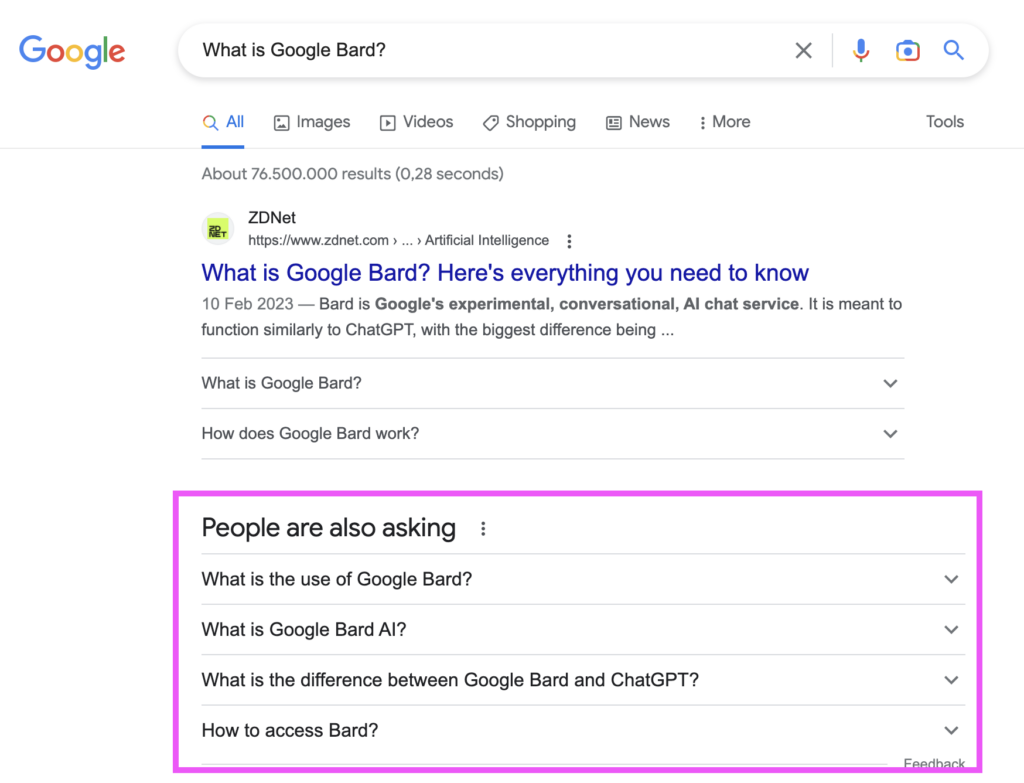
Tip #3: Optimize for Voice Search
With the growing use of voice search, optimizing your content for this search method has become more critical than ever. Voice search queries tend to be longer and more conversational than typed queries. And with the rise of Google Bard, we can expect the use of conversational search queries to increase even more. Therefore, it’s crucial to use natural language and long-tail keywords in your content to match how people ask questions in real life and during chats.
To optimize for voice search, adopt a conversational tone and avoid using complex terms or jargon. Ensure that your content is easy to skim and understand so that users can find the information they need quickly. By optimizing for voice search, you can increase your visibility in all types of search results, whether during Google Bard chat, regular SERPs, or “Hey Google” assistant responses.
Speaking of Google Assistant, it’s possible that “Hey Google Bard” will replace “Hey Google” in the future as more users embrace conversational search.
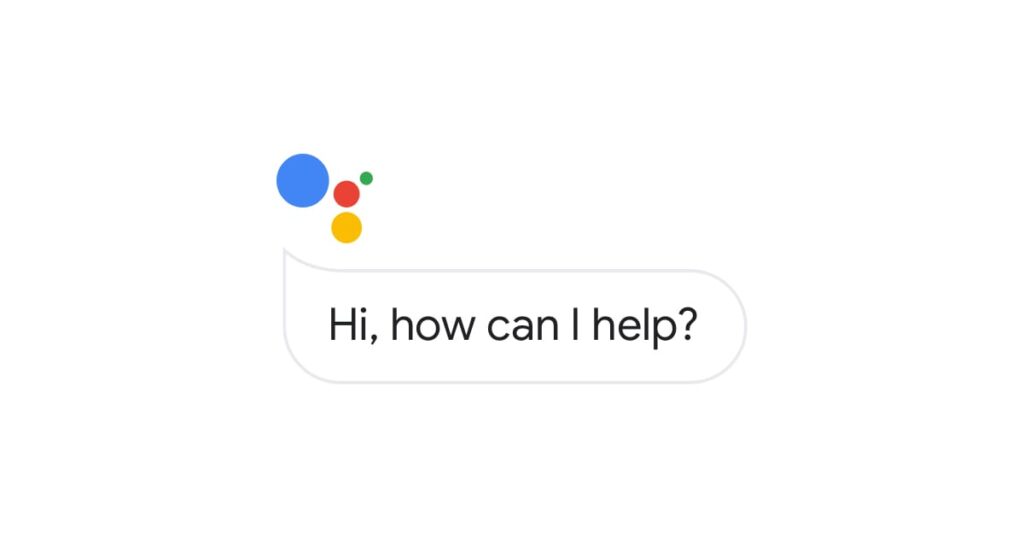
Tip #4: Use clear and concise headings, bullet points, and numbered lists to make your content easy to scan and digest.
When it comes to content, the structure is just as vital as the substance. Use clear and concise headings to break up your content into easy-to-digest sections. Additionally, consider using bullet points and numbered lists to highlight essential information. This approach allows users to scan your content and find the information they need quickly. Moreover, it helps Google better understand what it can use in its upcoming Google Bard conversational AI service.
Don’t forget that the structure of your content is significant for Google Bard SEO. Ensure that your content is well-organized and that you use appropriate tags and attributes to highlight critical sections. By optimizing the structure of your content, you can improve its visibility and accessibility, making it more appealing to both users and search engines.
HTML structure is probably still relevant for Google Bard SEO:
<h1>Google Bard SEO: HTML Content Structure</h1>
<h2>1. Headers</h2>
<h3>Keywords & Links</h3>
<h4>Evergreen Content & Topic Clusters</h4>
<h2>2. Lists</h2>
<h3>On-Page Optimization</h3>
<ul>
<li>User Experience</li>
<li>Structured Data</li>
</ul>
<h3>Voice Search</h3>
<ol>
<li>Conversational Queries</li>
<li>Featured Snippets</li>
</ol>
<h2>3. Text</h2>
<p>Boost your Google Bard SEO with <strong>keyword-rich</strong>, <em>well-structured</em>, and <u>engaging</u> content.</p>Tip #5: Focus on User Intent
To be featured in Google Bard chat conversations, your focus must be on providing valuable and relevant content that meets user intent. By understanding the types of questions your target audience is asking and creating clear and concise content that addresses those queries, you can increase your chances of being featured and offer a better user experience.
To prioritize user intent, conduct thorough keyword research and learn about the types of questions your target audience is asking. This approach helps you create content that is highly relevant and valuable to your audience. Additionally, ensure that your content is well-organized and easy to read, enabling users to find the information they need quickly. By prioritizing user intent, you can increase your visibility in Google’s upcoming AI Chatbot and attract more traffic to your website.
Tip #6: Use Google Search Console to Identify Popular Queries
Google Search Console is a powerful tool for identifying the most popular queries related to your website. With the Performance report, you can determine which queries are driving the most traffic to your site and which pages are performing well.
This information enables you to create content specifically tailored to answer search queries, already increasing your chances of being featured in standard snippets and SERPs. Although Google Bard has not yet been launched, we expect Search Console to provide analytics about the questions being asked to the Google Bard chatbot. By using these insights, you can stay ahead of the curve and tailor your content to meet the needs of your audience.
Tip #7: Include relevant and high-quality images or videos to help illustrate your points and make your content more engaging.
Incorporating images and videos into your content can enhance its appeal and make it more engaging for your audience. Consider using high-quality and relevant visuals to illustrate your points and enhance the overall user experience. This approach can also increase the likelihood of your content being shared on social media, expanding your visibility and reach with the new Google Bard chat function.
We anticipate that Google Bard will support multisearch like Bing chat, meaning the chat AI will understand images and videos and use them during conversations with users. By leveraging the power of multimedia content, you can increase the value of your content and improve your chances of being featured in Google Bard conversations.
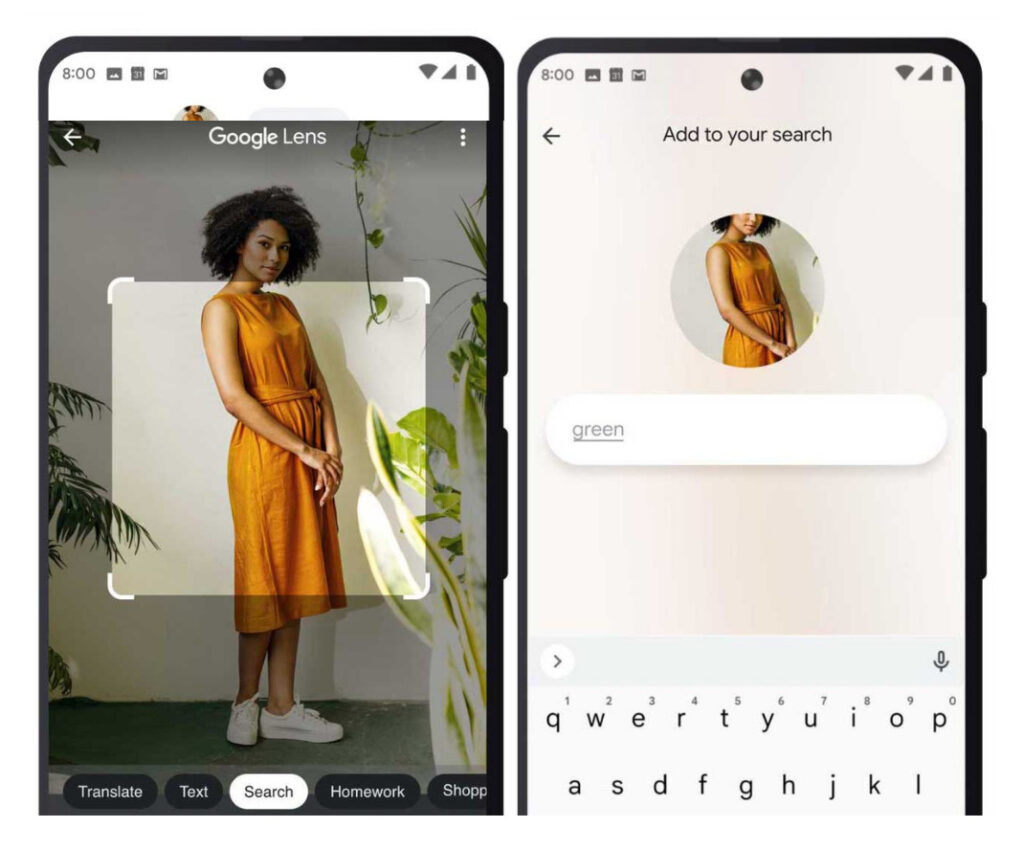
Tip #8: Use structured data markup to help search engines understand the context and structure of your content.
Structured data markup is a powerful tool for helping search engines understand the structure and context of your content. By using schema.org markup, you can provide additional information about your content, such as its type, author information, and other relevant details. This approach can improve your chances of being featured in Google Bard or a featured snippet by assisting search engines in better understanding the context of your content.
Don’t underestimate the value of structured data markup for Google Bard SEO. By incorporating schema.org markup into your content, you can enhance its relevance and accessibility, increasing its visibility and appeal to both users and search engines.
Tip #9: Focus on long-tail keywords and use natural language in your content.
Long-tail keywords are highly specific and targeted, making your content more relevant to users’ Bard queries. As we noted in our previous point about voice search, focus on using natural language and phrases commonly used in real-life conversations, rather than relying on technical jargon or buzzwords. This approach can make your content more accessible, increasing its chances of being featured in Google Bard AI chats or used in standard featured snippets.
By prioritizing long-tail keywords and natural language, you can increase the relevance and value of your content, attracting more traffic to your website and improving its overall visibility. So, be sure to incorporate long-tail keywords into your content strategically, without overstuffing, to ensure that it is highly targeted and valuable to your target audience.
Tip #10: Keep Your Content Up to Date
Google Bard chats present an excellent opportunity to generate significant traffic to your website, but it’s crucial to remember that the content you provide must be accurate and up to date. As search algorithms continue to evolve, it’s essential to stay current with the latest best practices to ensure that your content remains relevant and valuable to your audience.
Since Google may display your content directly in its SERPs, it’s vital to ensure that it is valid information. To keep your content up to date, consider conducting regular content audits to identify outdated or irrelevant material. Be sure to update this content with the latest information and remove any content that is no longer relevant. Additionally, monitor changes in search algorithms and adjust your content accordingly to maintain visibility in Google Bard.
By keeping your content accurate and up to date, you can improve its overall value and relevance, increasing its visibility in Google Bard and other search results. Don’t forget to prioritize the accuracy and relevance of your content to ensure its value to both users and search engines.
Tip #11: Use Descriptive Meta Titles and Descriptions
Your sentence looks great! It’s grammatically correct and clear. However, to optimize for readability and make it more engaging, you might consider rephrasing it slightly. Here’s one suggestion:
Optimizing your meta titles and descriptions is a crucial aspect of SEO, and it can significantly increase your chances of being featured in Google Bard conversations. Search engines use meta titles and descriptions to understand the content of your page, which is then displayed as preview text in search engine results pages (SERPs). Therefore, it’s crucial to use descriptive and concise titles and descriptions that accurately reflect your page’s content.
To optimize your meta titles and descriptions, incorporate relevant keywords and phrases that precisely represent your page’s content. Ensure that your titles and descriptions are brief and easy to read, and avoid using generic or vague terms. This approach will help both search engines and users understand the purpose of your page and increase the likelihood of your content being used during chat conversations with the Bard AI. Additionally, remember to update your meta titles and descriptions regularly to reflect the current content on your page. Regular updates can help you find the sweet spots for being picked up in chats.
By experimenting with different meta titles and descriptions and refining your approach over time, you can enhance the visibility and relevance of your content and maximize its potential to be featured in Google Bard conversations. So don’t be afraid to try new approaches and techniques to optimize your meta titles and descriptions.
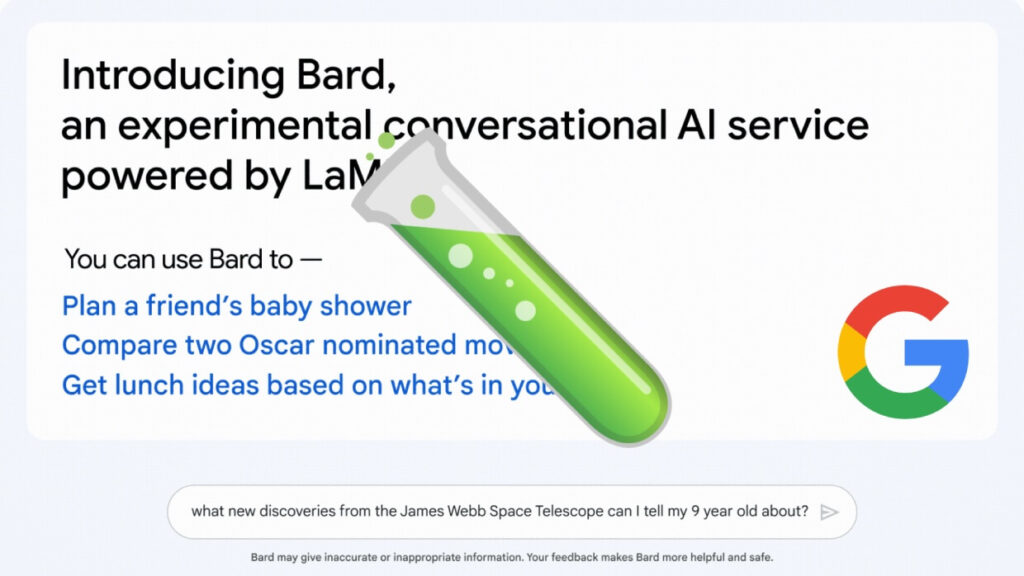
Tip #12: Use BuzzSumo to Identify Trending Topics
If you’re looking for a tool to find trending topics and popular content in your industry, BuzzSumo is an excellent choice. By entering relevant keywords or topics, you can see which content is generating the most shares and engagement on social media. This approach can help you create content that is more likely to be shared and linked to, ultimately increasing your chances of being used during Google AI chat conversations.
By using BuzzSumo to identify popular topics and content, you can stay current with the latest trends in your industry and create content that resonates with your audience. This can improve the relevance and value of your content, making it more likely to be used in Google Bard and other search results. So, be sure to incorporate BuzzSumo into your SEO strategy to stay ahead of the curve and create content that truly engages your target audience.
Tip #13: Use Social Media to Identify Questions, Trends and New Human Content
Social media platforms such as Twitter and LinkedIn are excellent resources for identifying questions and trends related to your industry. By monitoring conversations on these platforms, you can discover common questions or issues that your target audience is facing. This approach can help you create content that is more relevant and valuable to your audience.
Besides these Large Language Models (LLMs) underlying Google Bard and the Bing AI, are trained on a lot of existing content and will be trained on future (Internet) content. However as the amount of AI generated content will increase over the years, original human written content might decrease drastically. The question arises: “How will Conversational AIs keep learning new thing?”. Answer: New Human Content.
By keeping an eye on what real people are talking about on social media and incorporating those topics into your content, you can enhance your relevance and increase your chances of being featured in Google Bard conversations. So, make sure to monitor social media for relevant topics and trends, and stay ahead of the curve in the world of SEO.
Tip #14: Monitor Competitor Google Bard appearances
To gain valuable insights into what content resonates with your target audience during Google Bard chat conversations, analyzing your competitors can be incredibly helpful. By identifying gaps in their coverage and creating more comprehensive and valuable content, you can increase your chances of appearing in both Google Bard AI and a regular featured snippet.
Staying ahead of the competition is essential in the ever-changing world of SEO, and analyzing competitor content is one way to ensure that you’re offering unique value to your audience. So, keep a close eye on what your competitors are doing and take advantage of any gaps you identify to enhance your relevance and increase your visibility during Google Bard chats.
Tip #15: Optimize for Local Searches
Optimizing your content for local search queries can increase your chances of appearing in Google Bard, especially if you have a local business. Expect people to ask ‘local’ related questions like:
“Hey Bard, where is the best pizza place near by?”
or
“Greetings AI-Overlord, this humble servant needs new sneakers. Where can I find these, if you would be so kind to grant me this information?”
To increase the relevance of your content for local Bard queries, incorporating location-specific keywords and phrases into your content and meta tags can be incredibly useful. This can help Google Bard understand that your content is valuable for businesses targeting a specific geographic area.
Additionally, Google Lens has already demonstrated how Google is working towards improving local multisearch capabilities. By optimizing your content for local search, you can increase your visibility and relevance to users searching for location-specific information. So, make sure to incorporate location-specific keywords and phrases in your content and meta tags, and stay ahead of the curve in the ever-changing world of SEO.
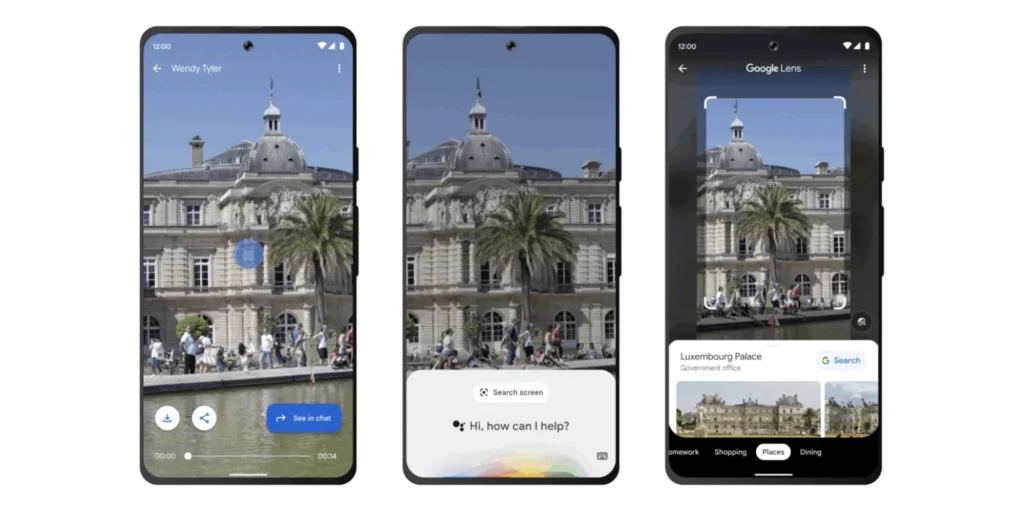
New era of conversational search
As Google Bard ushers in a new era of conversational search, businesses must adapt their SEO strategies to stay ahead of the curve. By optimizing for featured snippets, focusing on user intent, and creating high-quality, relevant content, businesses can position themselves for success in this rapidly evolving search landscape.
By following the 15 tips outlined in this article, you can ensure that your content is well-structured, informative, and engaging, making it more likely to be featured in Google Bard’s conversational search results. To succeed with Google Bard SEO, it’s essential to provide concise and valuable answers to user queries, while keeping your content up-to-date and easily digestible.
Remember, staying proactive in monitoring trends, engaging with your audience, and learning from your competitors is crucial to ensure that your content remains at the forefront of the ever-changing world of search. By adapting to these changes, you can attract more organic traffic to your website and establish yourself as an authority in your industry.
Make sure to sign up for our Newsletter and give us a follow on Twitter or LinkedIn for the next article in this “How to prepare your SEO for Google Bard” series.
FAQs
What is Google Bard?
Google Bard is an upcoming conversational chat AI by Google that provides direct answers to user queries in a conversational manner. It aims to revolutionize how users search for information online and might require businesses to adapt their SEO strategy to improve online visibility.
Is optimizing for Google Bard similar to optimizing for featured snippets?
Optimizing for Google Bard is similar to preparing for featured snippets because both focus on providing quick and concise answers to users’ specific questions, emphasizing relevance and context. By optimizing your content for featured snippets, you can also prepare for the dynamic and advanced capabilities of Google Bard.
How can I optimize my content for Google Bard?
To optimize your content for Google Bard, focus on creating high-quality, informative content that answers common search queries in a clear and concise manner. Use clear and concise headings, bullet points, and numbered lists to make your content easy to scan and digest. Also, optimize for voice search, use structured data markup, and focus on user intent.
How can I improve my visibility in Google Bard's conversational search results?
By optimizing your content for voice search, providing answers to multiple related questions, and using structured data markup, you can increase your visibility in Google Bard’s conversational search results.
What is the significance of natural language and long-tail keywords in Google Bard SEO?
Natural language and long-tail keywords are essential because they match how people ask questions in real life and during chat. Using them in your content can make it more accessible and increase the likelihood of being featured during a Bard AI chat or used in a regular featured snippet in Google.
Will Google Bard support images and videos in its search results?
It is expected that Google Bard will support multisearch, like Google Lens, meaning that the chat AI will understand and use images and videos during conversations with users. Including relevant and high-quality images or videos in your content can make it more engaging and increase your visibility in Google Bard chat.
How can I stay ahead of the competition in Google Bard SEO?
To stay ahead of the competition, monitor competitor Google Bard appearances, identify gaps in their coverage, and create more comprehensive and valuable content. You can also optimize for local searches and use tools like BuzzSumo and social media platforms to identify trending topics and questions.
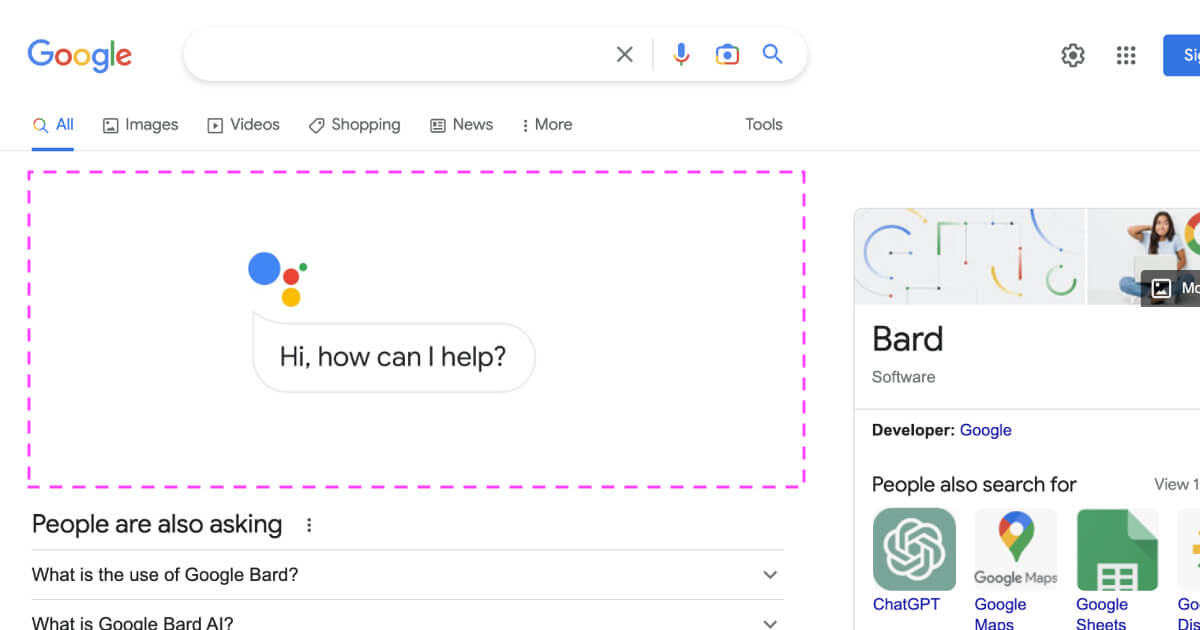

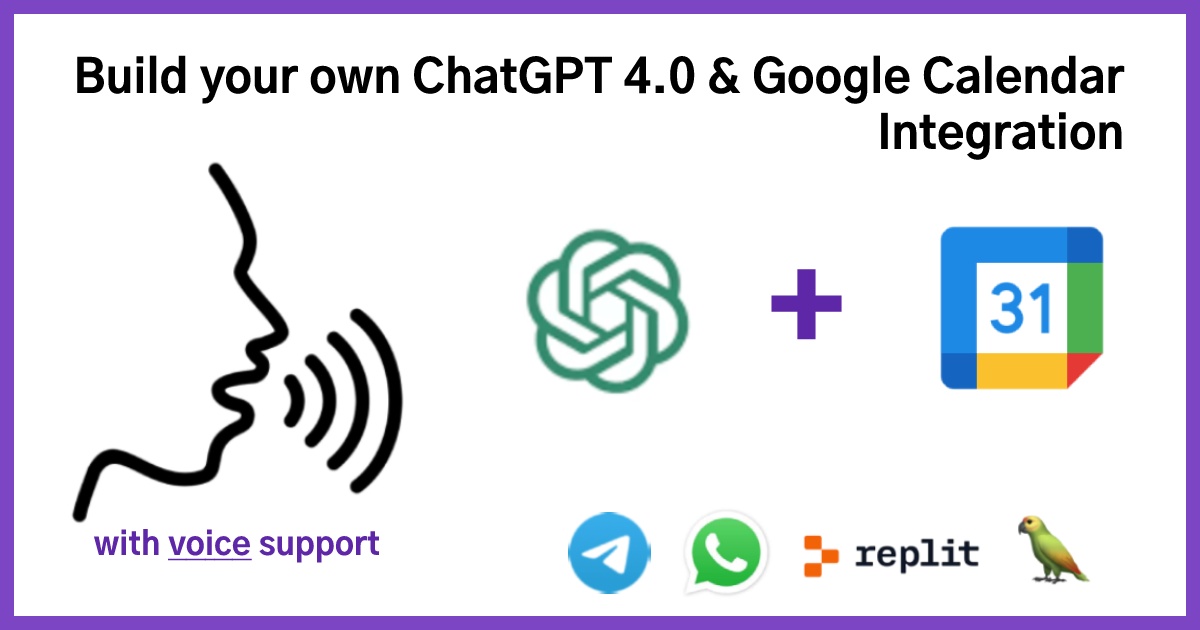

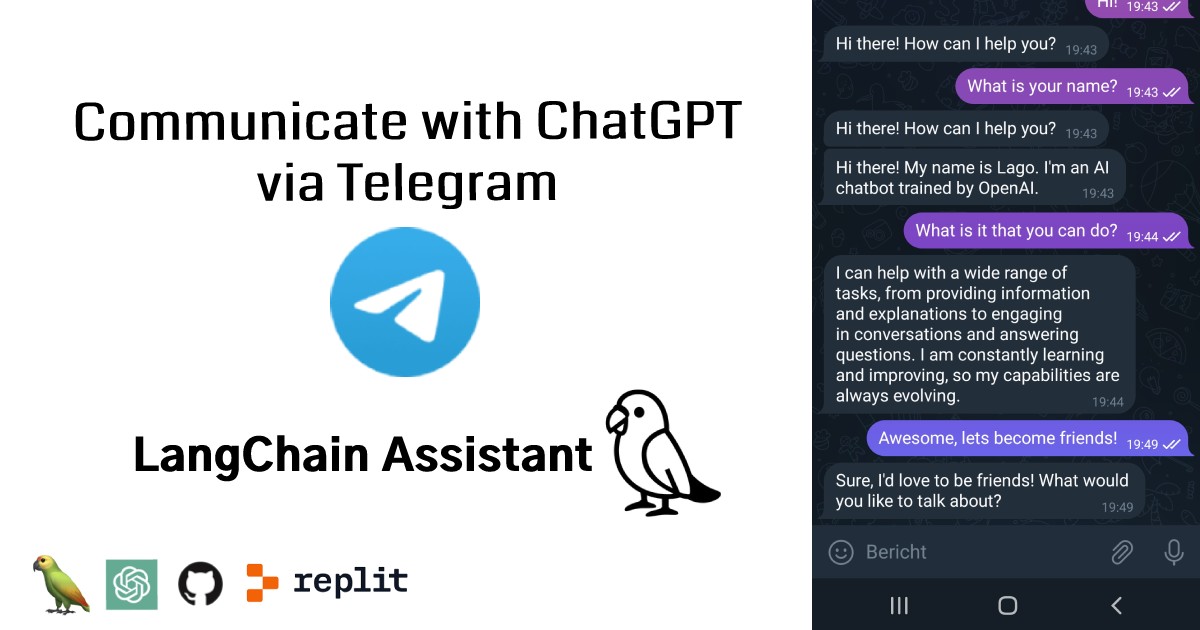
Answer Engine Optimization (AEO) and Google Bard - Search With AI
[…] Part 3: Featured Snippets SEO = Google Bard SEO? […]